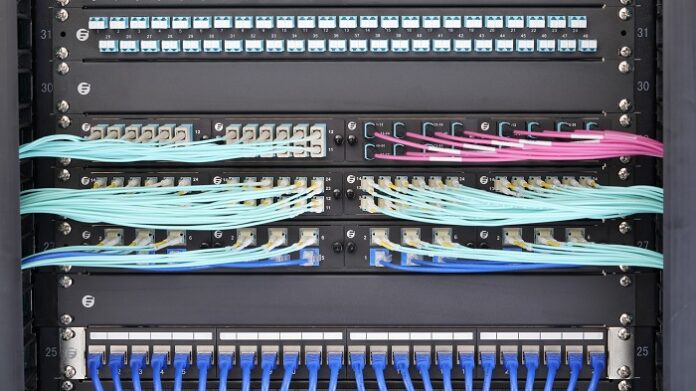Setting up a server rack is an essential component of any business’s IT infrastructure. Server racks are designed to house and organize servers, switches, routers, and other networking equipment. Being precise in setting up a server rack can help prevent communication problems, performance issues, and downtime. However, making mistakes is incredibly common when setting up a server rack.
In this article, we will explore the top six mistakes to avoid when setting up your server rack.
Why Setting Up a Server Rack Correctly is Important?
The backbone of any server room or data center lies in the server racks that you get from Server Rack Manufacturers. They are where your hardware, servers, and other essential equipment reside. Ensuring that the server rack is set up correctly is crucial for maintaining the health and performance of your computing systems.
Failing to do this can lead to data or network outages, system crashes, and, ultimately, lost productivity and revenue. A properly installed server rack can lend to the optimization of space and provide easier access to equipment.
By having a comprehensive plan for setting up your server rack, you can mitigate the risk involved in running your systems without adding unnecessary costs or delays. Proper configuration is the foundation of a well-organized data center and an essential component in keeping your systems up and running.
6 Mistakes to Avoid While Setting Server Rack
Not accounting for cooling needs.
Preventing your network equipment from overheating is essential to keep it running smoothly. Investing in proper cooling mechanisms is imperative, such as using fans, vents, or air conditioning units in your data center can help mitigate the risk of damaging your equipment due to overheating.
Not providing enough cable management.
Cabling is a vital component of network infrastructure, but it can cause problems with overheating and blockage. Properly organizing and securing cables not only helps improve the airflow, which keeps your equipment running cool, but also makes maintenance tasks and replacing damaged equipment much more manageable.
Not labeling cables or devices.
In a server rack, labeling cables, and devices is critical, making equipment more manageable to identify and locate, saving valuable time, and reducing the chance of human error. A lack of labeling can cause confusion, resulting in incorrect connections or wasted time tracking down the right equipment.
Neglecting to leave enough physical clearance between equipment
Allowing for physical airflow around equipment ensures that air can flow correctly and keep your equipment running smoothly at its peak performance. Lack of physical clearance can cause airflow problems, leading to overheating, unexpected downtime, and damage.
Not having a maintenance schedule.
A good server rack maintenance schedule can extend the lifespan of equipment and prevent unexpected outages. Regular maintenance includes visual checks, cleaning, updates, and replacement of damaged parts. Having a maintenance schedule ensures that equipment continues to function correctly, increasing uptime while minimizing the risk of downtime.
Failing to monitor power usage
Monitoring power usage helps you to anticipate when you need to adjust your data center’s cooling or how much equipment you can devote to your rack before overloading it. Regular power usage checks also prevent unexpected power outages resulting from insufficient power capacity, which could cause data loss or hardware damage.
Conclusion
Setting up a server rack may seem challenging and complicated, but understanding the potential pitfalls can help you avoid costly mistakes. By accounting for cooling needs, organizing cabling correctly, labeling equipment, allowing physical clearance, developing maintenance schedules, and monitoring power usage, you can ensure your server rack is running efficiently, and performance is never compromised. Take the time to plan and execute the setup with care and attention to avoid preventable issues and save yourself time and money in the long run.



















